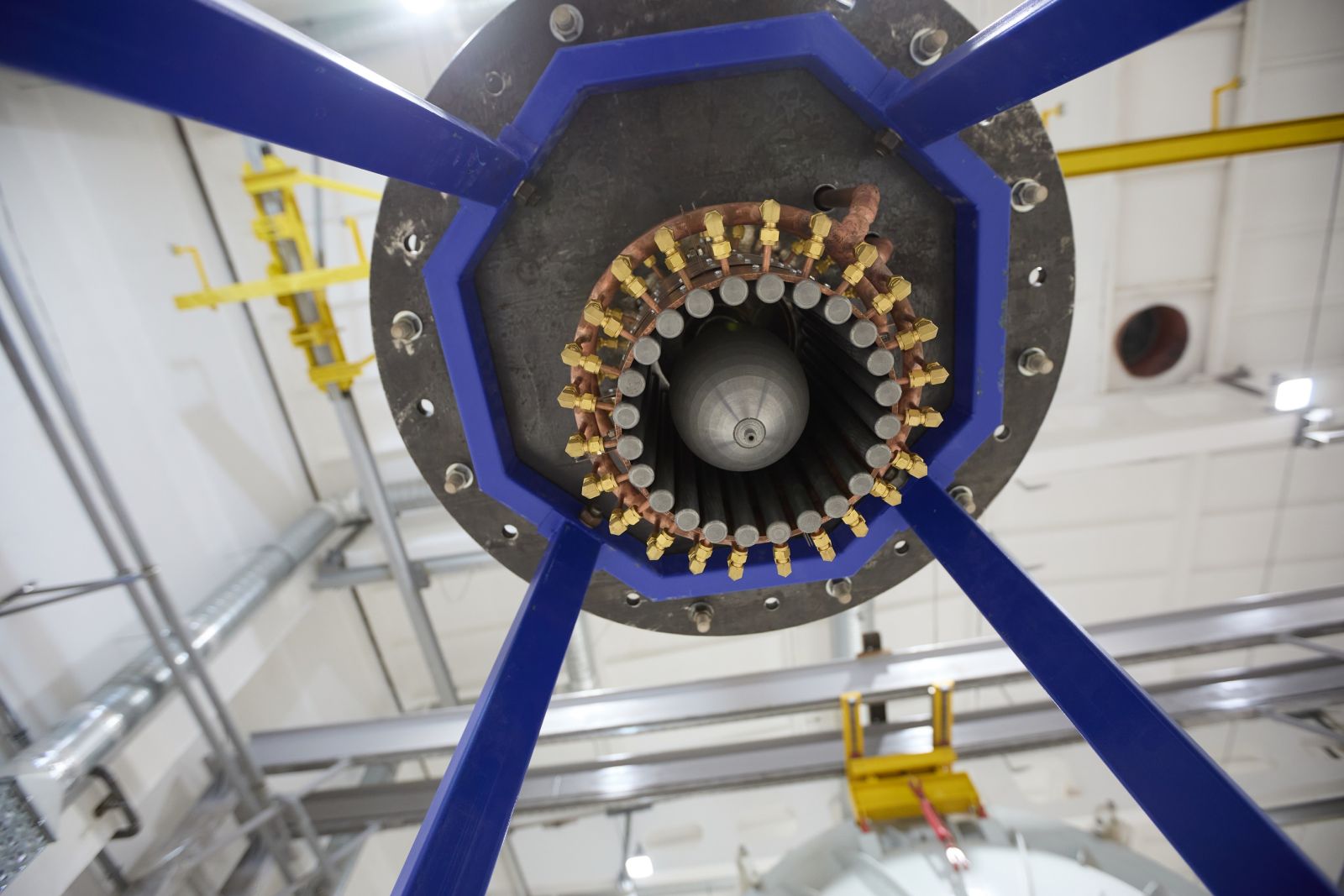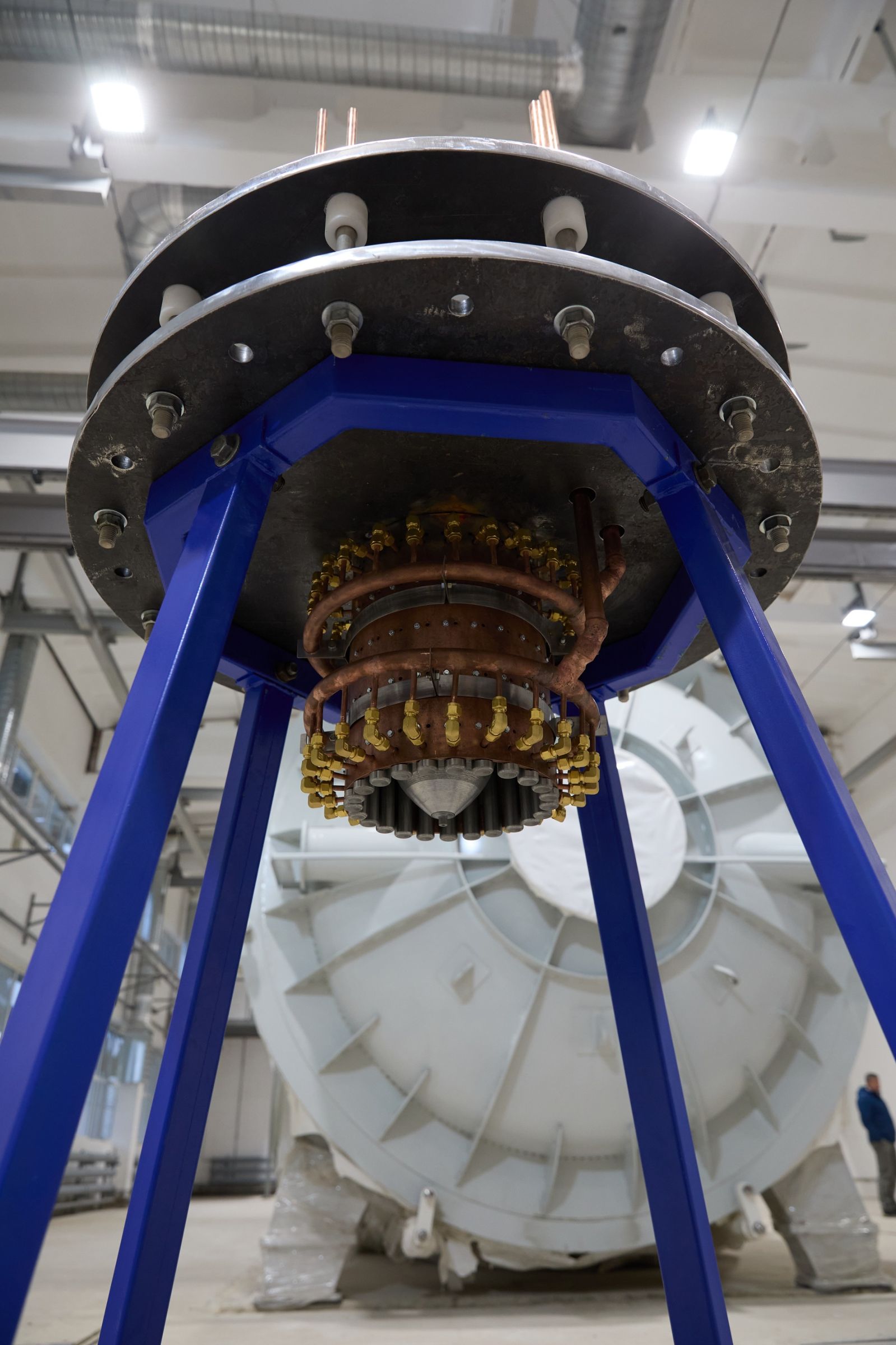Russia develops engine to reach Mars in 30 days 🚀
Published by Cédric,
Article author: Cédric DEPOND
Source: Atom Media
Other Languages: FR, DE, ES, PT
Article author: Cédric DEPOND
Source: Atom Media
Other Languages: FR, DE, ES, PT
Follow us on Google News (click on ☆)
The plasma engine, designed by Rosatom, is based on a principle radically different from traditional chemical engines. Using a magnetic accelerator, it propels charged particles at phenomenal speeds, reaching up to 62 miles per second (100 km/s). This performance paves the way for faster and more efficient missions, particularly to Mars.

An atypical operation
Unlike chemical engines, which burn fuel to generate thrust, the plasma engine uses a magnetic field to accelerate ionized particles. This method allows for an almost total conversion of electrical energy into motion, thus maximizing efficiency.
Hydrogen, used as the working fluid, is a strategic choice. Light and abundant in the Universe, it allows for unmatched speeds while reducing the amount of fuel needed. This combination makes the engine particularly suited for long-duration missions.
Promising tests
A 300 kW prototype has been developed at the Troitsk Institute, with ongoing tests to validate its durability. Engineers use a 46-foot-long (14 meters) vacuum chamber to simulate space conditions, precisely measuring the engine's performance.
Preliminary results indicate a lifespan of over 2,400 hours, sufficient for a round trip to Mars. However, these data still need to be confirmed by extended tests and independent validation.

Multiple applications
Beyond manned missions, this engine could equip space tugs, facilitating the transport of goods between planets. This technology would make interplanetary exchanges faster and less costly, opening new economic perspectives.
Its combined use with onboard nuclear power plants could also enable the exploration of distant regions of the Solar System, or even venture beyond. The implications for space exploration are immense.
Challenges to overcome
Despite its potential, this technology remains at an early stage. Real-world testing and validation by the scientific community are essential to confirm its performance. Moreover, its integration into space missions will require technical and logistical adjustments.
Caution is still advised, as Rosatom's announcements have not yet been published in peer-reviewed scientific journals. Increased transparency will be necessary to convince of the feasibility of this ambitious project.